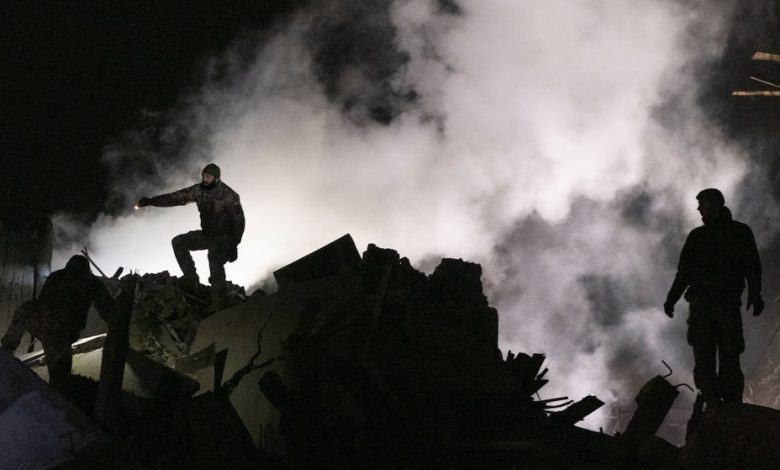Russia warns of using ‘weapons of any kind’ in case of Ukraine’s attack on Crimea
Russia has warned that a Ukraine's attack on Crimea will trigger Moscow to retaliate and use 'weapons of any kind' to defend itself.

Deputy Chairman of the Russian Security Council Dmitry Medvedev wrote on his Twitter page that “Crimea is Russia. The attack on Crimea is an attack on Russia and an escalation of the conflict.”
International law respects the will of the people. Crimea is 🇷🇺. Attacking Crimea means attacking Russia and escalating the conflict. The Ukrainian gang of drug addicts must understand that such attacks will be met with inevitable retaliation using weapons of any kind— Dmitry Medvedev (@MedvedevRussiaE) February 4, 2023
Igor Klymenko, Ukrainian minister of Internal Affairs, on Friday announced the creation of assault brigades composed of military, border guards, and police officers to carry out operations to seize Crimea and Donbas.
Moreover, in a separate interview with Nadana Friedrichson on Saturday, Medvedev warned that the supply of more US weaponry to Ukraine will just add fuel to the fire, culminating in more retaliatory strikes by Russian forces.
The former president insisted that the use of longer-range weapons by Ukraine and its allies will not force Russia to hold negotiations and said that “the result will be just the opposite.”
“We don’t set ourselves any limits and, depending on the nature of the threats, we’re ready to use all types of weapons. In accordance with our doctrinal documents, including the Fundamentals of Nuclear Deterrence,” he said. “I can assure you that the answer will be quick, tough and convincing”
According to a Russian military doctrine stated in 2010, nuclear weapons could be used by Russia “in response to the use of nuclear and other types of weapons of mass destruction against it or its allies, and also in case of aggression against Russia with the use of conventional weapons when the very existence of the state is threatened.”
Crimea, situated between the Black Sea and the Sea of Azov, declared independence from Ukraine on March 17, 2014, and formally applied to fall under Russian sovereignty following a referendum that had been declared illegal by Kiev.
Despite the overwhelming results of the referendum, Ukraine, the US, and the European Union still refuse to recognize Crimea as part of Russia, and imposed sanctions on Moscow.
Last month, The New York Times in a report cited a number of unnamed US officials as saying that following months of discussions with Ukrainian officials, the administration of US President Joe Biden was starting to concede that Kiev may need the power to strike Crimea, even if such a move would increase the risk of escalation.







